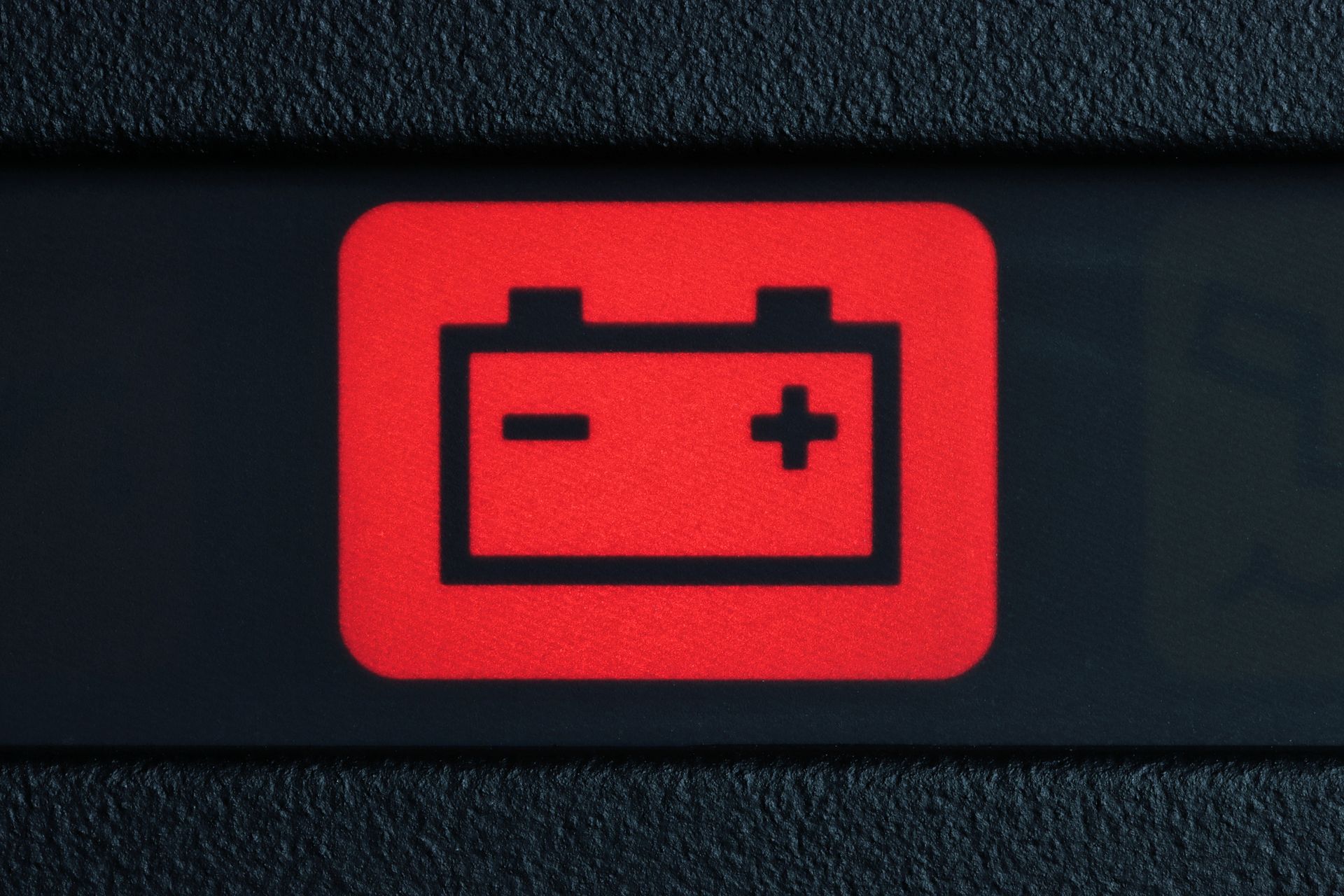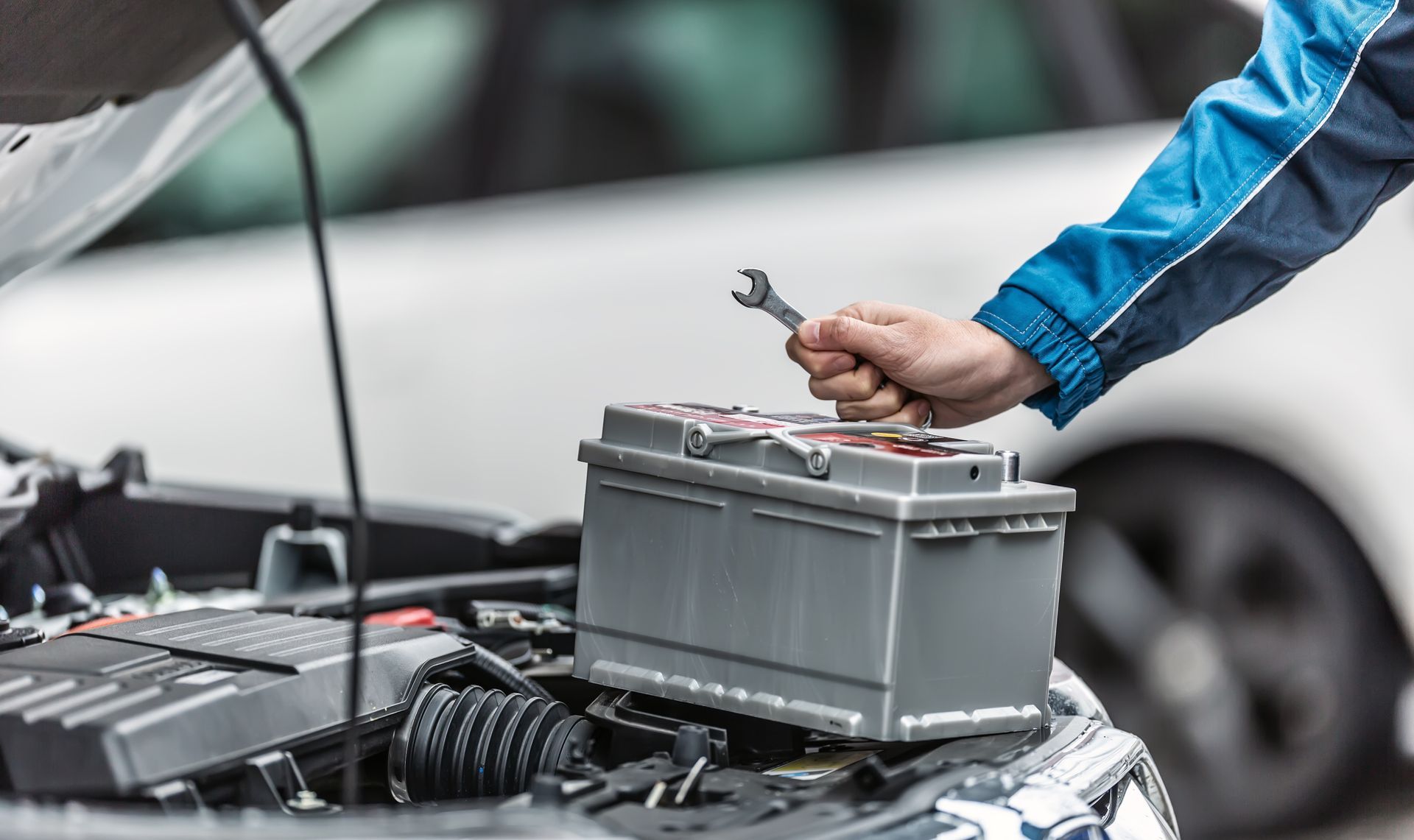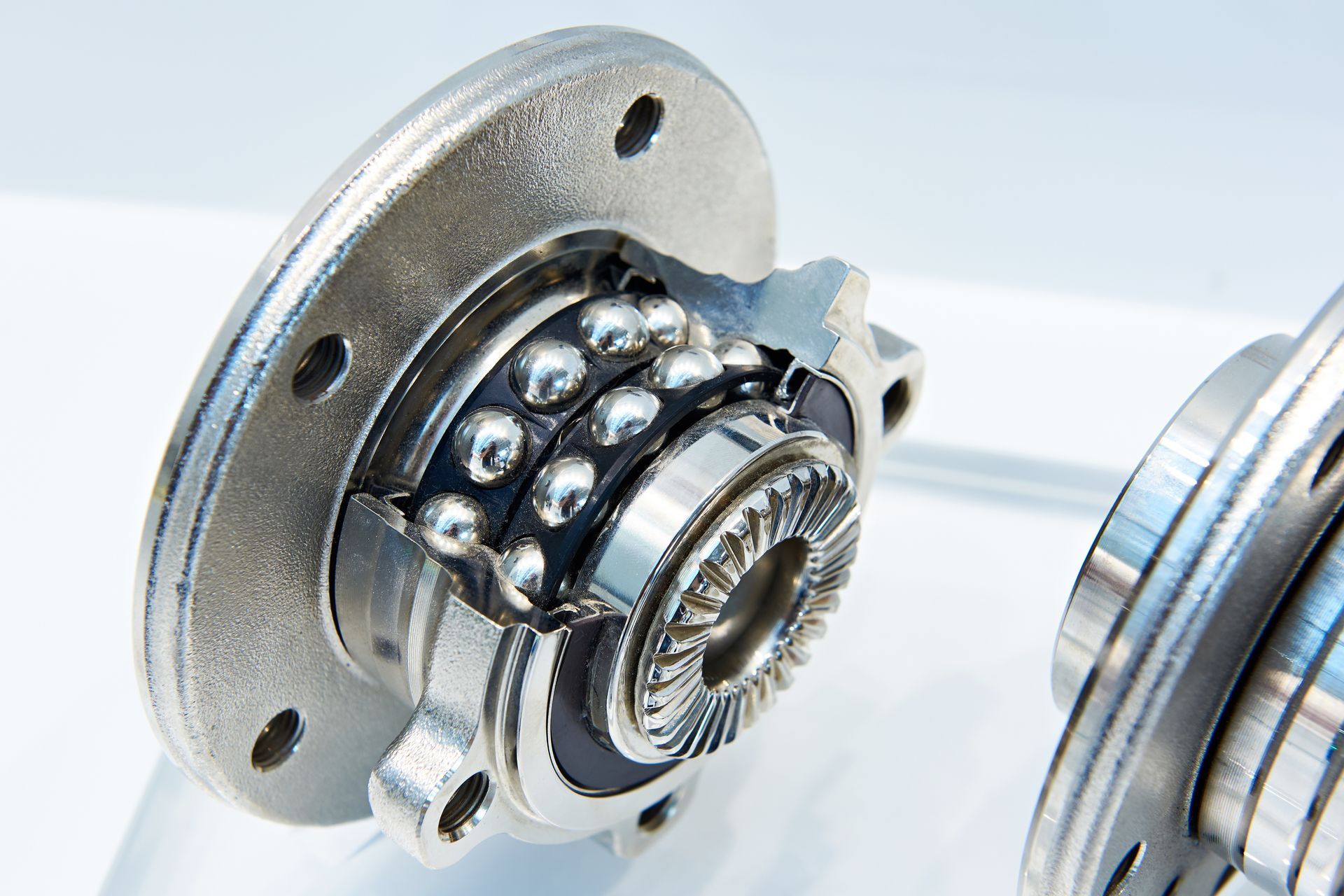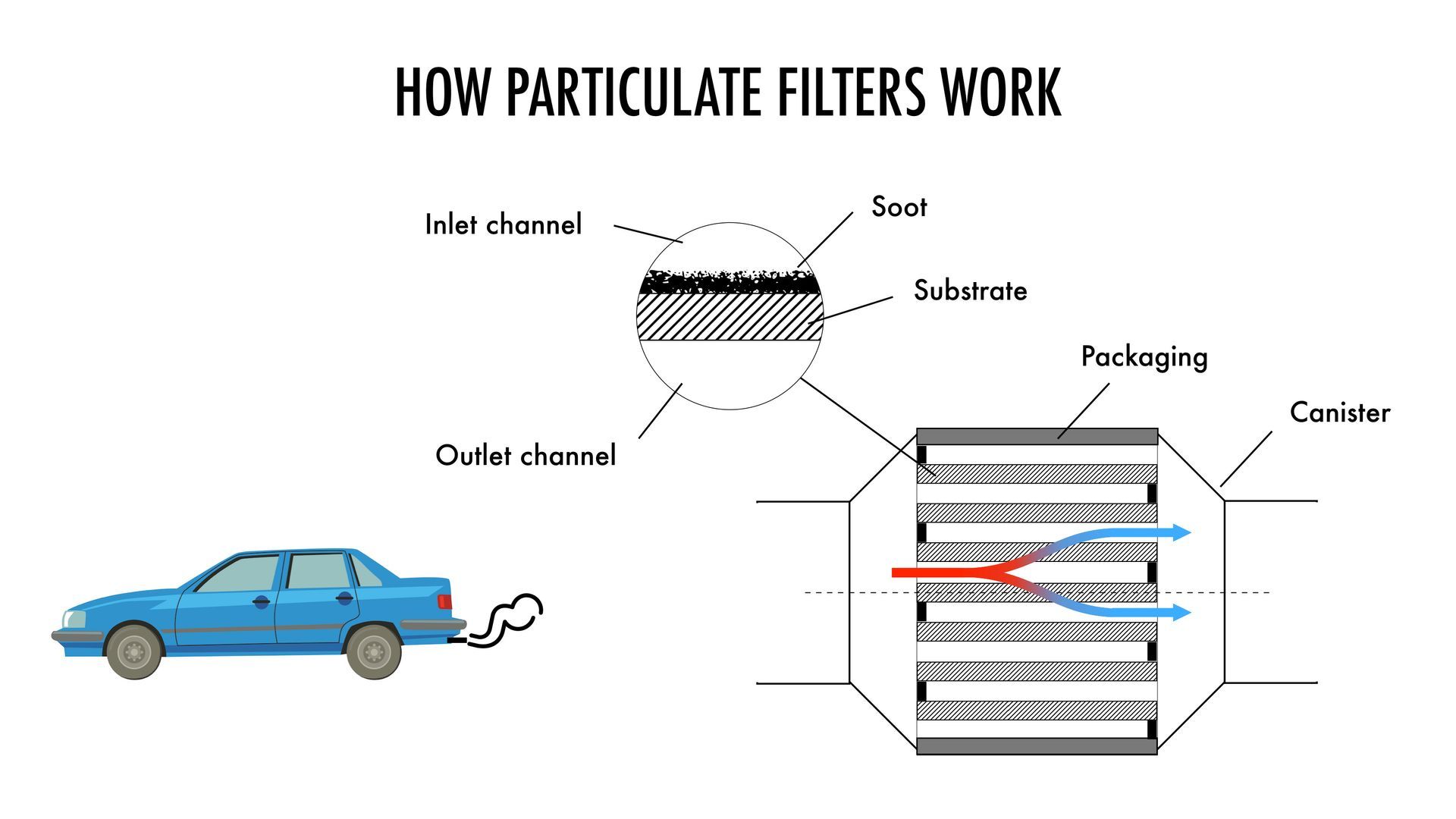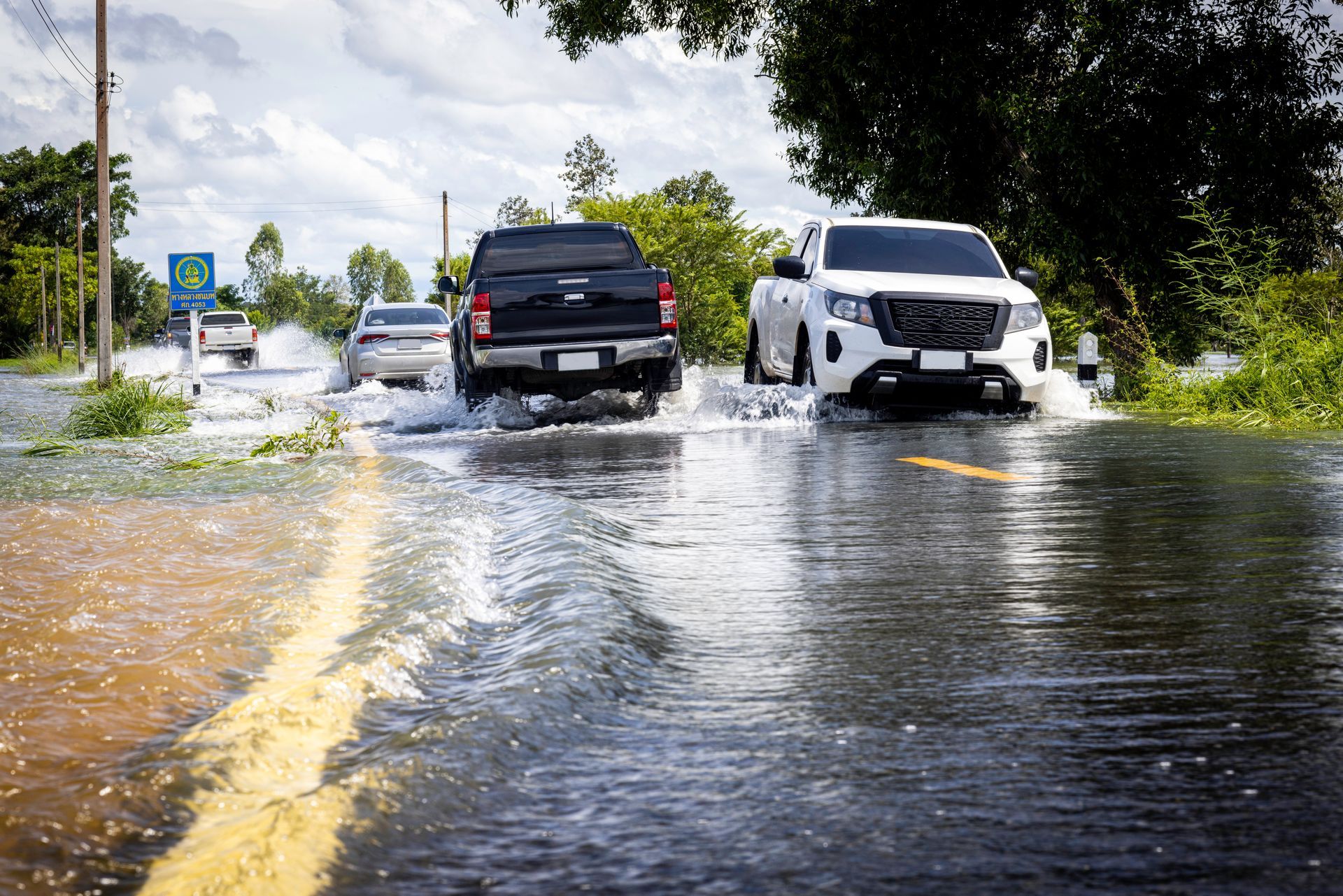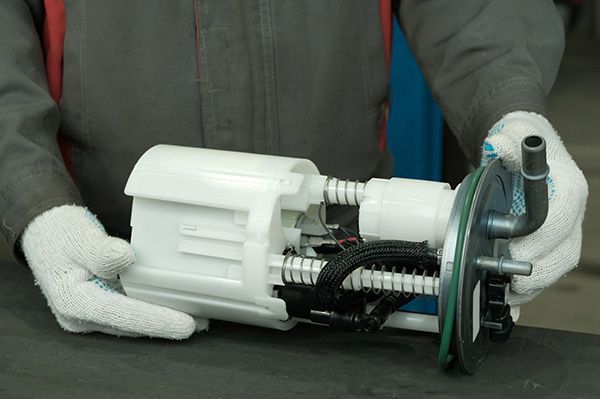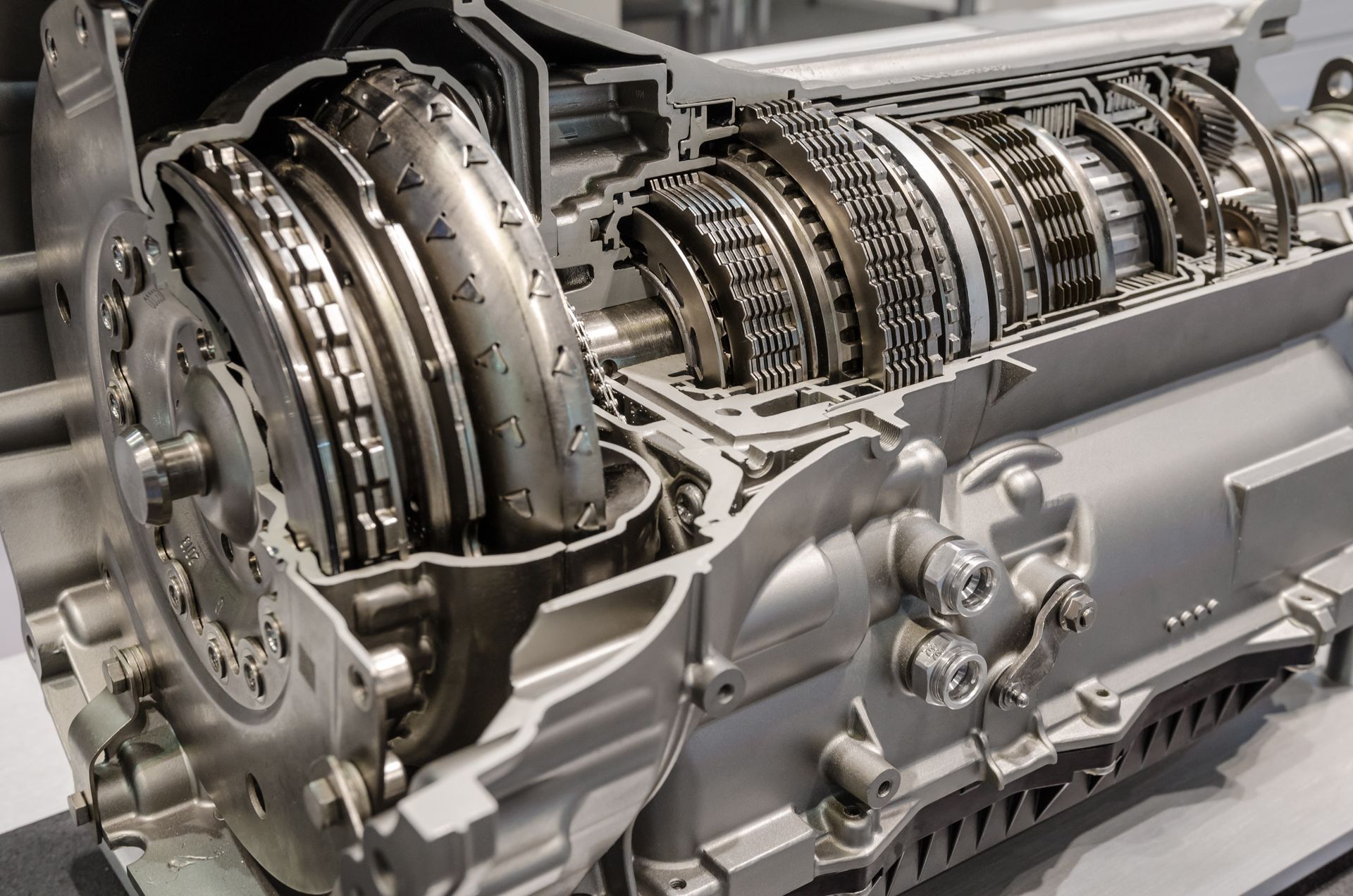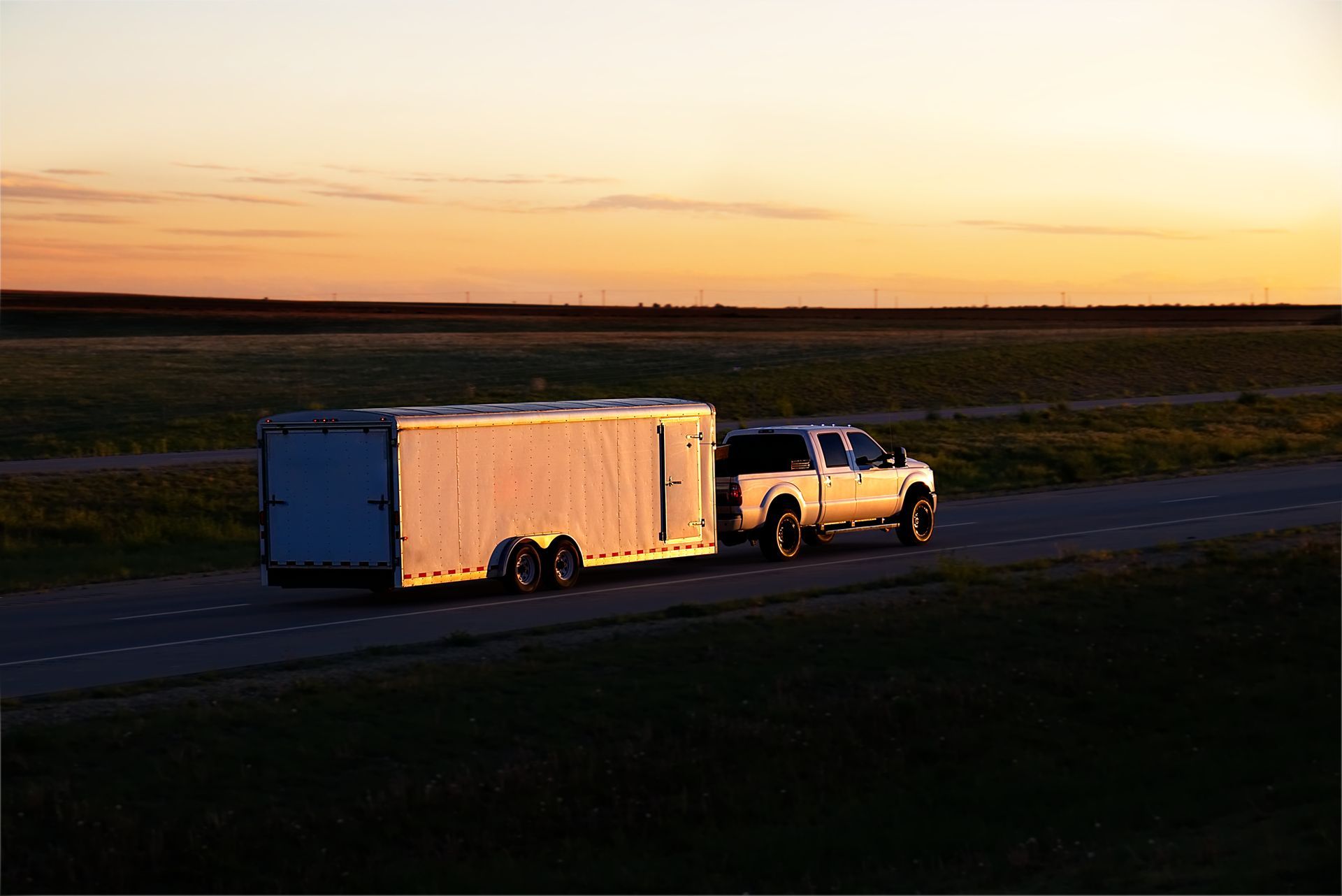Brake fluid might not be something you think about often, but it’s one of the most critical fluids in your vehicle. Without it, your brakes simply wouldn’t work. Over time, brake fluid can become contaminated and lose its effectiveness, which can compromise braking performance and safety. Skipping a brake fluid flush can lead to costly repairs and, more importantly, put you at greater risk on the road.
The Role of Brake Fluid
Brake fluid is a hydraulic fluid that transfers the force from your foot on the brake pedal to the brake calipers or wheel cylinders, which then apply pressure to the brake pads or shoes. This process slows or stops the vehicle.
Because braking generates heat, the fluid must withstand high temperatures without boiling. It also needs to resist moisture absorption to maintain consistent performance.
Why Brake Fluid Needs to Be Replaced
Brake fluid is hygroscopic, meaning it naturally absorbs moisture from the air. Even in a sealed system, small amounts of moisture can enter through hoses, seals, or when the reservoir is opened during maintenance.
Over time, this moisture lowers the fluid’s boiling point, making it more likely to vaporize under hard braking. Vapor in the brake lines compresses when you press the pedal, leading to a spongy feel and reduced braking power.
Moisture also contributes to internal corrosion. Rust inside brake lines, calipers, and master cylinders can lead to expensive failures.
Signs Your Brake Fluid Needs Attention
Your vehicle’s maintenance schedule provides the best guideline for when to flush the brake fluid, but certain warning signs mean you should act sooner:
- The brake pedal feels soft or spongy.
- Increased stopping distance.
- Brake warning light on the dashboard.
- Dark, dirty, or cloudy brake fluid in the reservoir.
Any of these signs warrant a professional brake inspection as soon as possible.
How Often Should Brake Fluid Be Flushed
Most manufacturers recommend flushing brake fluid every two to three years, though this can vary based on driving conditions. If you frequently drive in hilly areas, tow heavy loads, or do a lot of stop-and-go driving, you may need to replace it more often.
Following the manufacturer’s recommendations helps prevent corrosion, maintain braking performance, and extend the life of expensive components.
What Happens During a Brake Fluid Flush
A brake fluid flush involves removing the old fluid from the entire braking system and replacing it with fresh, clean fluid. This process ensures that contaminated fluid is completely removed, not just diluted.
During the service, a technician will also inspect the brake lines, calipers, and master cylinder for leaks, corrosion, and other potential issues.
Risks of Skipping the Service
If you skip brake fluid flushes, moisture and contaminants will continue to build up in the system. This can cause:
- Rusted brake lines that may leak or burst.
- Seized calipers or wheel cylinders.
- Damage to the master cylinder.
- Reduced braking efficiency during emergencies.
These issues can be dangerous and far more costly to fix than simply keeping up with routine fluid changes.
Brake Fluid Quality Is Important
Not all brake fluids are the same. Your vehicle requires a specific type—usually DOT 3, DOT 4, or DOT 5.1—based on its design and performance requirements. Using the wrong fluid can reduce braking performance and damage the system. A professional service ensures the correct fluid is used every time.
Brake System Care at Riley’s Auto & Diesel Repairs in Lacombe, LA
Your brakes are your most important safety system, and keeping the fluid fresh is a big part of ensuring they work when you need them most. At Riley’s Auto & Diesel Repairs in Lacombe, LA, we perform complete brake fluid flushes, system inspections, and any necessary repairs to keep you stopping safely.
Schedule your brake service today and protect both your vehicle and your peace of mind.

